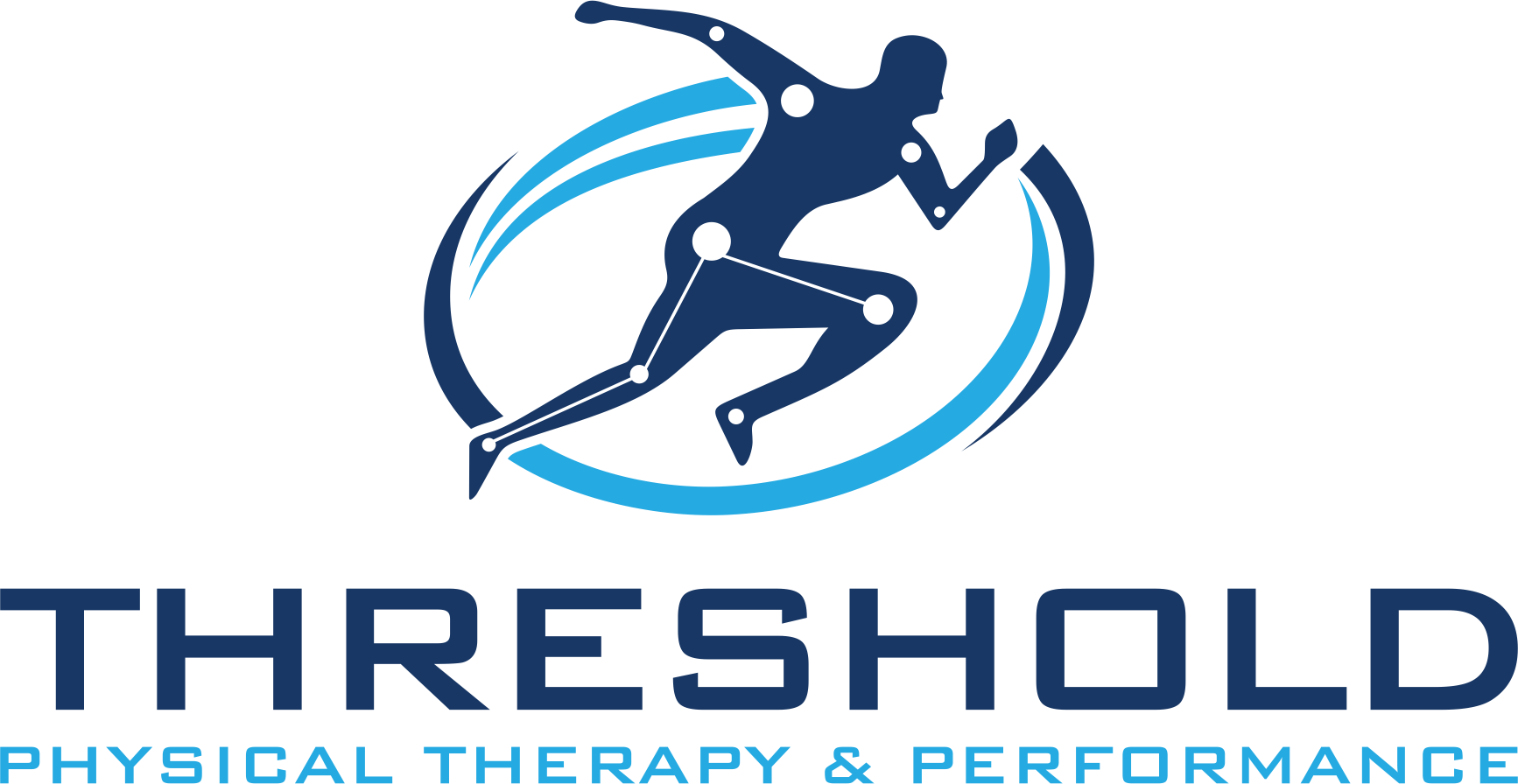As we touched on here, conservative treatment (like Physical Therapy/Physiotherapy) is a first line defense for pain management and helping to deflect the opioid-overdose death curve.
It would seem that most, if not almost all, people would agree that exercises is good for the body and the mind. Some with pain (both chronic and acute) shy away from physical activity and exercise because they don’t want to make something worse and it … well, it just hurts!
Exercise-induced analgesia is the phenomenon whereby physical activity and exercise result in a decreased perception of one’s painful symptoms. It is thought that appropriate exercise alters the immune system and pain inhibitory pathways at the level of the central nervous system (brain and spinal cord).
What does this mean? Well, with a tailored exercise and activity plan we are able to create changes in our nervous system. Since this is the system that is carrying nociceptive (potentially harmful stimuli) signals, perceiving signals as painful, and the same system that is affected by those opioid-based medications we are able to have a decrease in painful symptoms.
From a pain science perspective, it’s important to consider that pain and tissue damage are not always connected. Medicine is moving from a biomedical model (tissue damage equals pain where fixing the “damage” fixes the pain response) to a biopsychosocial model (pain can arise and be propagated by biologic, psychologic, sociologic factors, each of which can increase or decrease a pain response). Considering this holistic pain-contributing mindset allows physical therapists to help more completely treat the pain response and improvem someone’s function.
While we’ve seen that opioids can slow down the healing process and decrease quality of life, we know that a tailored exercise program can improve quality of life, decrease the risks of many noncommunicable diseases, and help to modulate painful symptoms and disability.
Another interesting, and I think pertinent point, is that not being on opioids will save you money in the long, and short, run…
According to information compiled by Optum Data, in addition to the direct medical costs, opioids make up one-quarter of all workers’ compensation prescription drug costs and, when considering cost of care paid by insurances companies, amounts paid by insurance companies for ordinary (non-opioid-abusing) patients ($3,435) compared to the average $19,333 for patients with an opioid abuse or dependence diagnosis.
Can physical therapy actually help to speed the healing process? While it probably isn’t going to make a bone heal faster, research shows that exercise programmes starting at an appropriate time postsurgery lead to a faster decrease in pain and disability when compared to no treatment.
This is only one example of many! If you’re dealing with pain, finding yourself unable to leave opioids behind, considering surgery, coming out of a surgery, or are just curious … reach out to your local physical therapist and get yourself feeling better and moving better!
Additional Reading:


